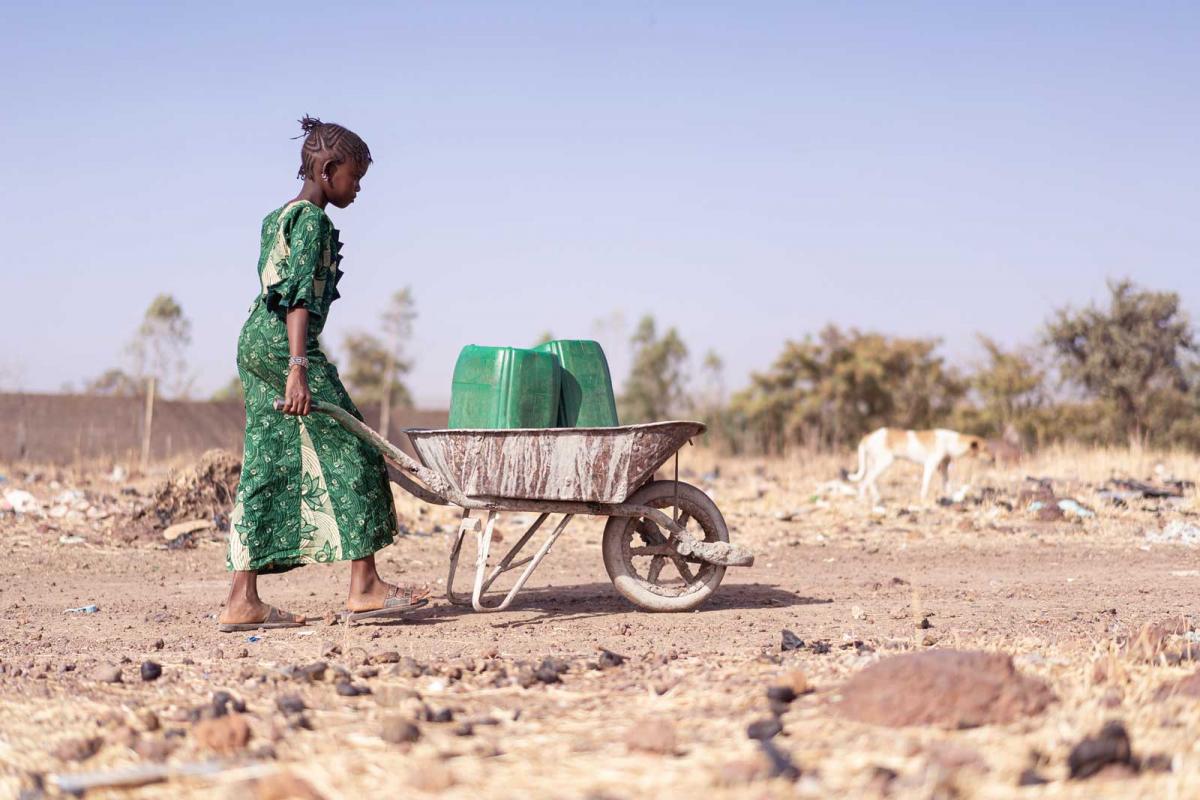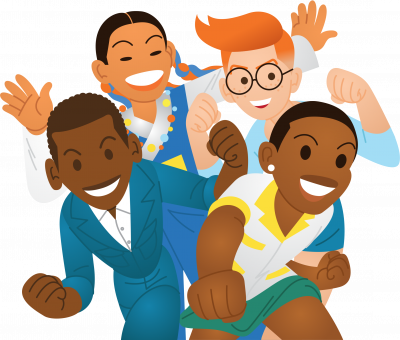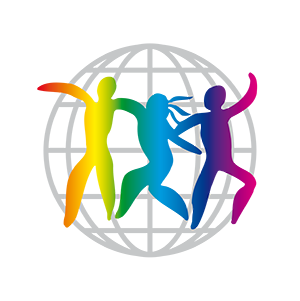
Facts: Caring for Earth

Children's rights are violated when we mistreat our planet. When trees are cut down and our rivers and air are polluted, both children and wild animals lose their homes. The poorest children, who contribute the least to emissions and resource wastage, are affected the most by climate change and other environmental threats. Many of them go hungry and have to leave school to go to work. Girls are forced into marriage as their families become even poorer due to extreme weather like droughts, storms and floods. All consequences of our changing climate and Earth's resources being used up.
Those who have a lot of money, big corporations, and politicians have the main responsibility and power to fix these problems. But we can all help to make things better.
Ecocide harming children The UN Convention on the Rights of the Child states that all children have the right to a clean and healthy environment. Instead, children are facing an ongoing ‘ecocide’ – the same as being unkind to Earth on a massive scale. If nature continues to be harmed, many more children will suffer harsh rights violations.
Read more below about the connection between children’s rights, ecocide and climate change, and how it can be stopped!

What is weather?
Weather is a specific event - like a rainstorm or a hot day - that happens over a few hours or days or weeks. Weather is a specific event - like a rainstorm or a hot day - that happens over a few hours or days or weeks. Some areas, especially parts of Africa, are experiencing much less rain than in the past. Children, in particular, girls, often must walk far to find water. This gives them a lot less time to study, rest and play.

What is climate?
Climate is the weather over a long period, such as how hot it tends to be in a certain area and how much it usually rains there. Talk to your elders and ask if they have noticed a difference between the weather now and when they were children. Does it rain more or less? Is it hotter or cooler now?

Climate change happens when there are new long-term shifts in temperatures and weather patterns. Heat is essential for life on Earth, but there can be too much of a good thing. But there is growing concern that our planet is overheating. As the earth gets hotter, the climate changes, leading to hotter weather, big storms, long dry spells, heavy rains, and natural disasters. Children in poor and already hot countries will face the toughest times.

Climate change is the result of changes in Earth’s atmosphere (the layer of gas that surrounds Earth). Since well over a hundred years, human activity has been the main cause of increasing amounts of gases in our atmosphere, like carbon dioxide and methane. One reason for the increase is that we are using too much of the earth’s resources too fast by, for example, drilling for fossil fuels such as oil and gas, mining for metals and coal, and cutting down forests.
Species dying out
The destruction of the environment has led to the extinction, dying out, of many more species from Earth. A species is a certain group of animals, insects, or plants, such as frogs, deer, rhinos, trees or bees. We humans are also a species! Preserving environments where people, animals and plants live well is crucial for our survival.

Extinction is a natural phenomenon; it normally occurs at a rate of one to five species a year. But now, scientists estimate we are losing species at 1,000 to 10,000 times faster, with at least dozens going extinct every day. To turn this around, we must take better care of the planet and keep the Earth’s temperature down to a maximum 1,5 degrees.

Fossil fuels, such as oil and coal, are made from ancient plants and animals. These fuels have been stored in Earth’s crust for millions of years. Therefore, the more humans burn coal, oil, or natural gas, the more rapidly we release carbon that took millions of years to store. The released carbon turns into carbon dioxide in our atmosphere.
The world today relies heavily on fossil fuels for transport, industry, air travel, and intensive farming. To fight climate change, we all must think about how we use energy sources. But the main responsibility still lies on the wealthy countries and big companies that must minimize their harmful emissions, and switch to using renewable energy sources.

As the Earth warms, sea levels rise, partly because warmer water expands and glaciers melt (ice on land), adding more water to the oceans. People in coastal and island communities like the island Nation of Micronesia, may soon have to flee their homes and lands as they’re submerged by water due to climate change.

Deforestation is the clearing, or cutting down, of forests, and describes the actions of humans that cause the destruction of ancient forests and other wooded areas for financial gain. It is a big problem. Trees capture carbon dioxide, so when forests are cut down without allowing new forests to grow, the amount of carbon dioxide in the atmosphere increases and global warming continues.

When forests disappear, unique species living there risk extinction. In addition, children belonging to indigenous groups, having lived deep inside ancient forests for centuries, are forcibly removed from their villages.

If we don’t take better care of our planet, children will suffer even more violations of their rights. We are already seeing the negative consequences – for example:
- Increasing poverty and inequality leads to more violence and war, harming children, especially girls.
- Many children are having to work instead of attending school, affecting girls' education the most.
- Extreme weather like heatwaves and torrent rains are making some places unlivable, disrupting children's education and health and separating families.
- Diseases such as malaria, cholera, and diarrhea spread faster in extrem heat , putting children, especially the youngest and most vulnerable, at great risk.


The main responsibility for making change lies on the rich and powerful. They need to shape up and cut down on their wastefulness. Humanity uses up more water, food, and energy than nature is able to renew in a year. Some countries use up far more resources than others. Wealthy countries, where a lot of people drive cars, use airplanes and air conditioning, use up huge amounts. The richest 10% of the global population has been responsible for over half of all harmful carbon emissions. Other countries, for example in Africa and South Asia, use hardly any resources at all.
Of all the inhabited continents of the world, Africa has contributed the least to global carbon emissions. It is also where children suffer the worst violations of their rights, and are unjustly affected by the consequences of climate change.

There’s hope! Everyone can help out with small actions – like these girls from Zimbabwe helping to clean up their city block. In the next step, you'll get some great tips on how to act for a better future for children!



